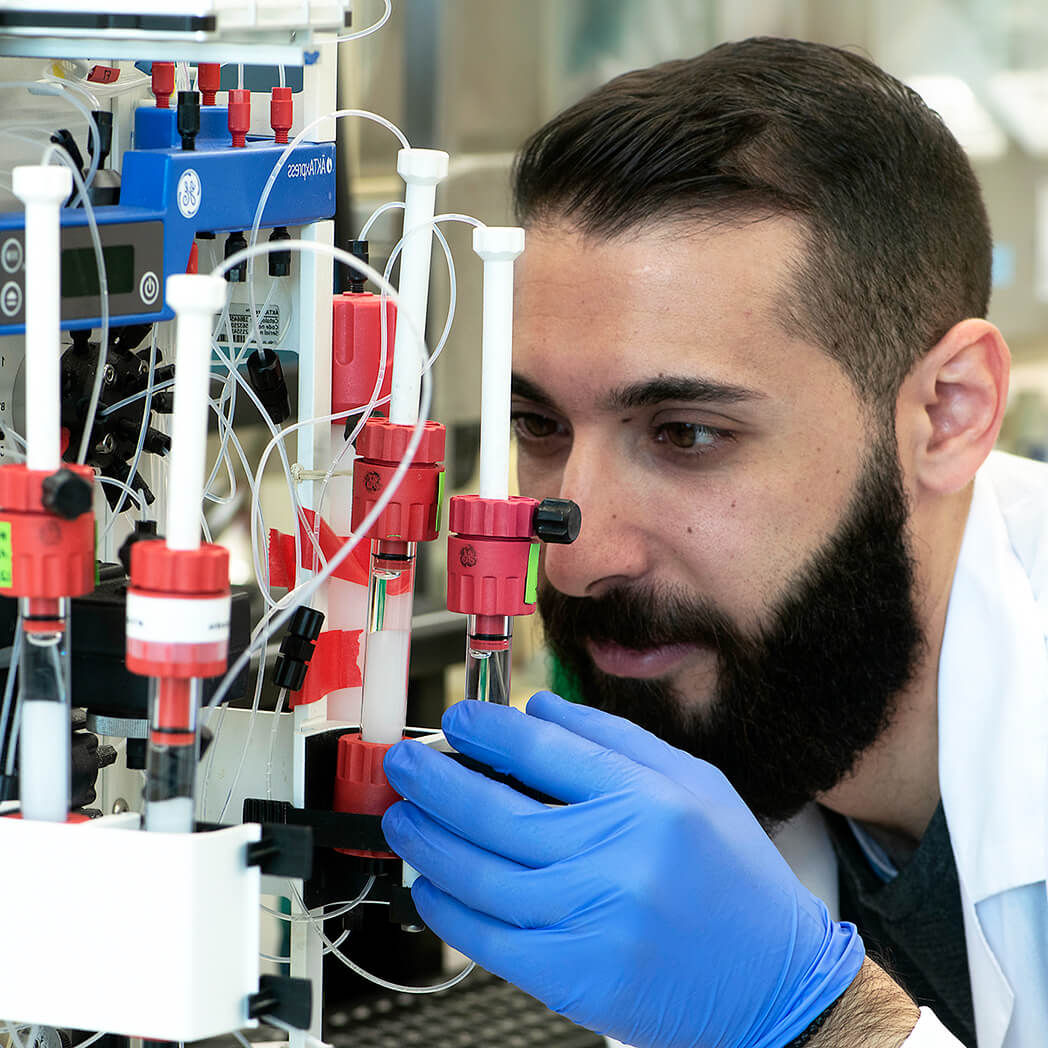Overview
Disulfide bonds between: Cys12-Cys134, Cys18-Cys131, and Cys60-Cys163
- Bamber, B.A. et al. (1994) Proc. Natl. Acad. Sci. U.S.A. 91, 7839.
- Ludlam, W.H. et al. (1994) Dev. Biol. 164, 528.
- Curtis, R. et al. (1994) Neuron 12, 191.
- Mayer, M. et al. (1994) Development 120, 143.
BSA (0.1 mg/ml) should be added for more diluted solutions. Centrifuge all product preparations before use (10000 x g 5 min). Repeated freezing/thawing might result in loss of activity.
 Alomone Labs Recombinant human LIF protein activates ERK1/2 MAPK and STAT3 in 3T3-L1 cells.Cells were serum starved for 2 h and stimulated with 100 ng/ml of Recombinant human LIF protein (#L-200) for 10 min. Cell proteins were resolved by SDS-PAGE and probed with anti-phospho-STAT3 and anti-phospho-ERK1/2.
Alomone Labs Recombinant human LIF protein activates ERK1/2 MAPK and STAT3 in 3T3-L1 cells.Cells were serum starved for 2 h and stimulated with 100 ng/ml of Recombinant human LIF protein (#L-200) for 10 min. Cell proteins were resolved by SDS-PAGE and probed with anti-phospho-STAT3 and anti-phospho-ERK1/2.
Leukemia inhibitory factor (LIF) was identified by its ability to induce terminal differentiation in leukemic cells.1,2 LIF is a pleiotrophic factor with known actions in the immune system, the nervous system and the reproductive system.3,4
In the nervous system it acts on cultured sympathetic neurons to direct a change in neurotransmitter expression from a noradrenergic to a cholinergic phenotype and regulates the expression of neuropeptide transmitters in these cells.5,6
In the immune system LIF plays a key role in inflammation,7,8 with a pro-inflammatory role in rheumatoid arthritis,9 but also with proposed anti-inflammatory properties in lung inflammatory processes.
In the reproductive system, LIF appears to play an important role in implantation and in the establishment of pregnancy.10,12 LIF acts as a trophic factor for oligodendrocytes and promotes astrocytic survival and differentiation.13,14 It exhibits activity towards spinal motor neurons and stimulate the biosynthesis of acetylcholine.6
LIF also functions as a trophic factor for peripheral sensory neurons supporting their survival.15,16 LIF appears to be essential for injury-induced neuropeptide synthesis17 and can also stimulate the hypothalamic-pituitary-adrenal axis in response to stress and disease.18 LIF is used extensively in experimental biology because of its ability to induce embryonic stem cells to retain their totipotentiality.

